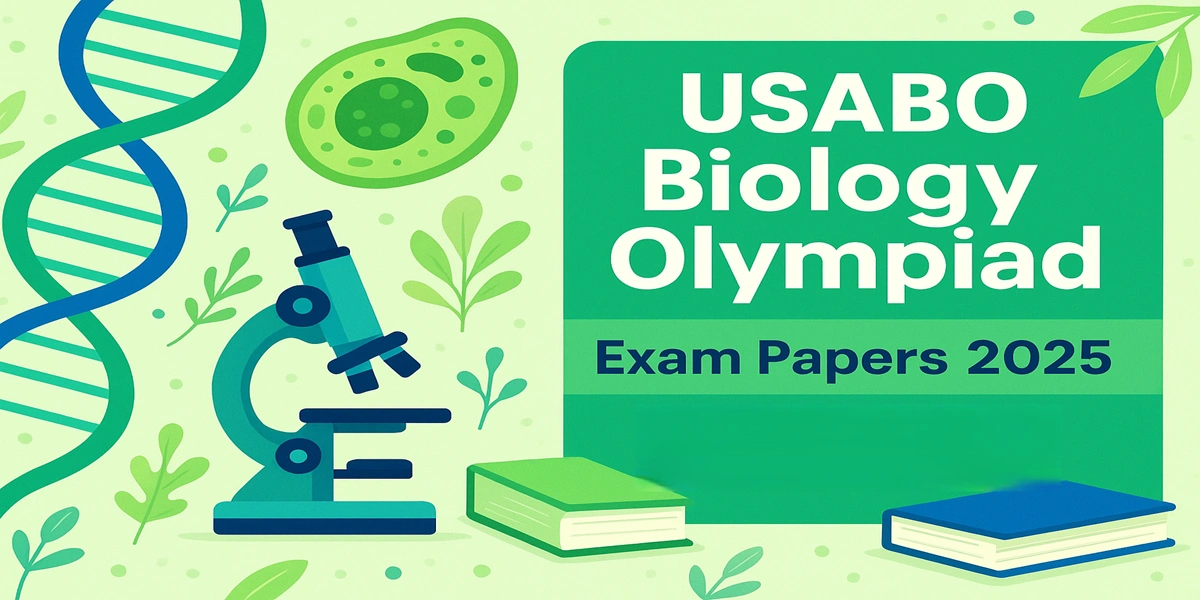Protein-drug binding has the following clinical applications:
In a few cases, drug-protein interaction may cause a prolonged residence of drug in the body. Plasma proteins are not a normal component of the glomerular filtrate, and drugs bound to the proteins will not be filtered. Therefore, a drug which gets eliminated by glomerular filtration will have a long biological half-life if it were subjected to protein binding.
Due to protein binding, the fraction of diffusible drug reduces; drug concentration is generally reduced at the sites of biotransformation when a drug bounds in a greater extent. This reduces the rate of drug elimination.
Plasma proteins act as physiological solubilisers. For example, bishydroxycoumarin is bound in the blood to the extent of 98%. It is because the drug is much more soluble in blood than in simple aqueous solutions. Bishydroxycoumarin remains insoluble at physiological pH without binding. Therefore, a therapeutic dose of the drug cannot be given intravenously without the precipitation of microcrystals in the blood vessels.
High blood levels and low volumes of distribution of the drugs results due to excessive plasma protein binding. This indicates that the ratio of drug in the blood to drug at the site of biological membrane may be long.
Bacterial infections generally affect the organ cells. The efficiency of a drug against a given pathogen can be evaluated by the drug’s intrinsic antibacterial activity and its concentration in the extracellular spaces of the tissues, i.e., the site of infections. An antibiotic which is found in greater concentration in the blood show extensive binding in its compartment and is found in low concentration at the site of infection.
Another antibiotic with same potency, unbound to plasma proteins, and free to be distributed may be present in high concentration at the site of infection. This antibiotic is more clinically effective, despite the fact that it would produce much lower blood levels than the first antibiotic.
The protein binding may also stimulate the probability of competition for the binding sites on a protein molecule, and the amount of bound drug might be decreased by another drug bound to plasma proteins. Protein binding may influence the activity, distribution, and elimination of a drug. This competitive phenomenon may have important clinical effects.
When two drugs are simultaneously given, displacement of drugs from proteins occurs and increases the rate of biotransformation and elimination. Due to this property, the compounds that are effective displacers may be used potentially in case of drug intoxication to decrease the body drug content.
Another significant source of variation of free drug concentration in plasma is the competitive binding between drugs and endogenous substances.
In diseased states, the electrolytic balance in the blood is changed, which further changes the binding of drugs since the activity coefficient of drugs also change. Some alterations are also observed in the 3D structures of proteins when the electrolytic balance is disturbed. The effect of age on the binding of drugs is also an important factor because the plasma volume and its composition vary with age.
Physicochemical properties of drugs are also an important factor which plays a significant role in the binding of drugs to blood components. For example, tetracycline analogues show a correlation between their physical properties and disposition characteristics. When the drug molecules become more lipid-soluble, their interaction with proteins increases and their elimination from the body decreases.
| Read More Topics |
| Factors affecting protein drug binding |
| Classification of heterocyclic compounds |
| Rheological properties of emulsions |





